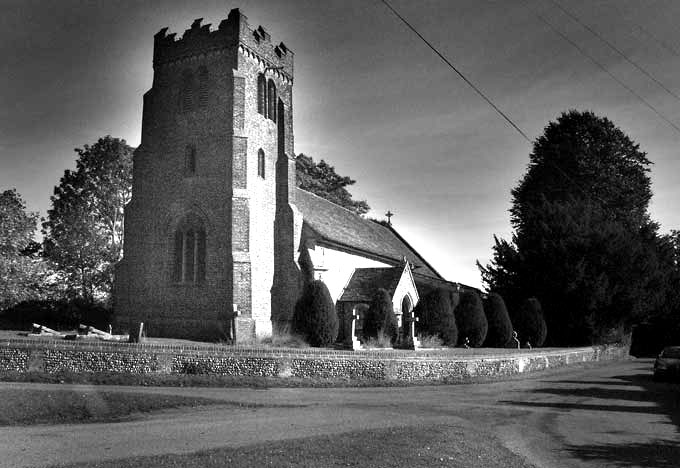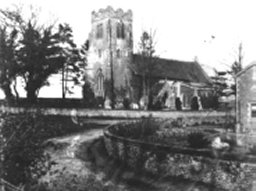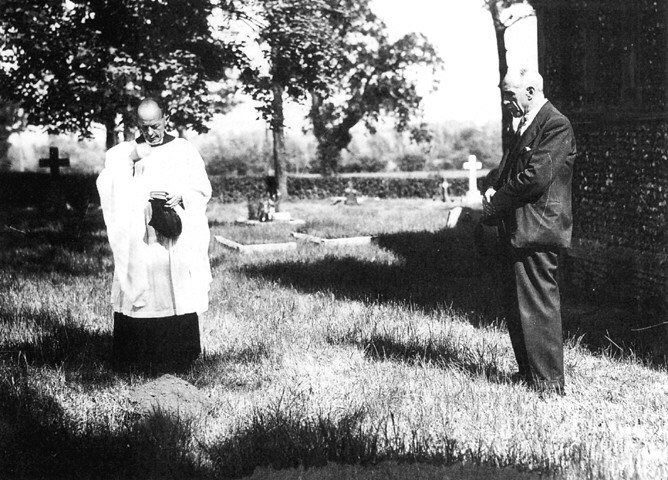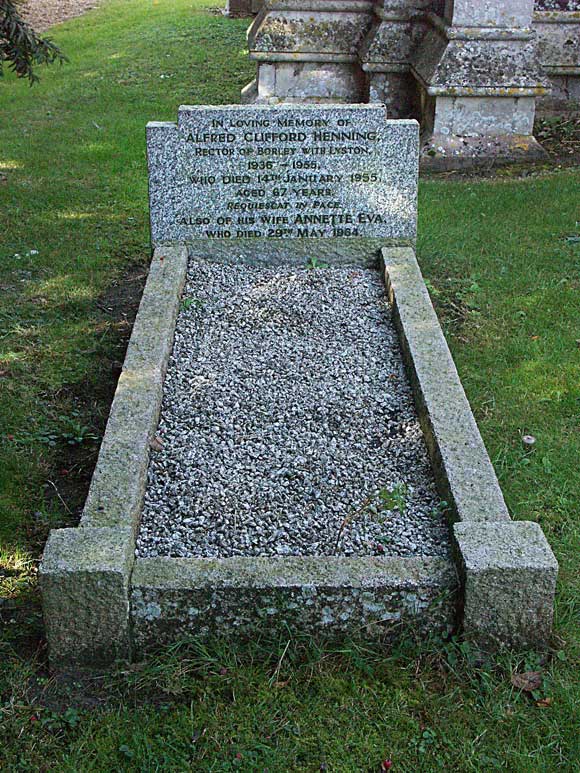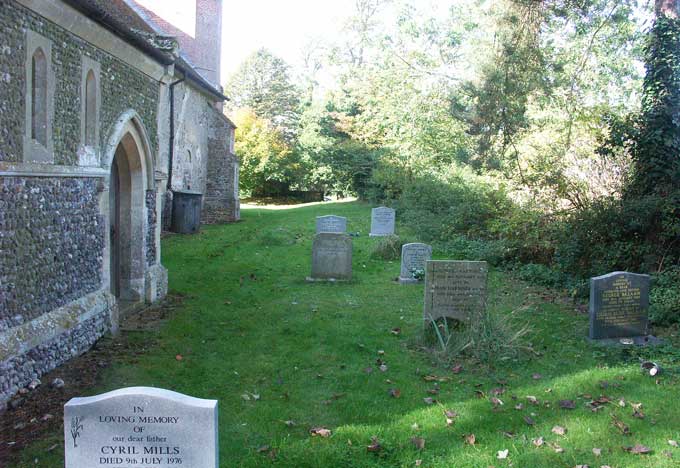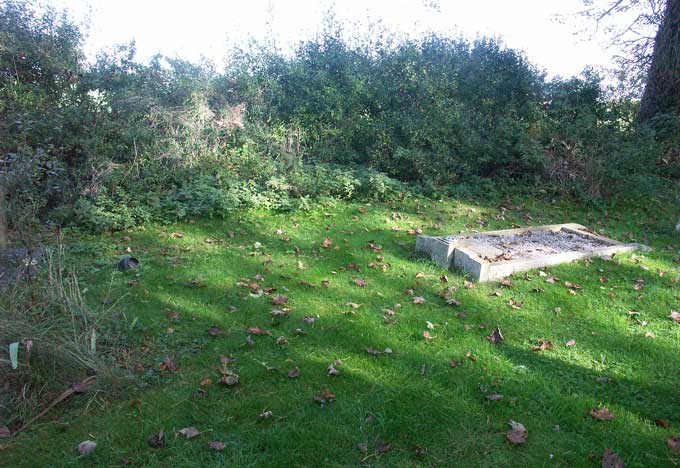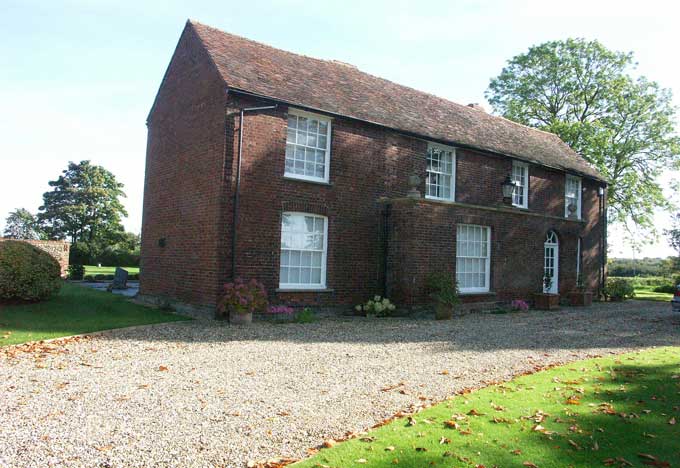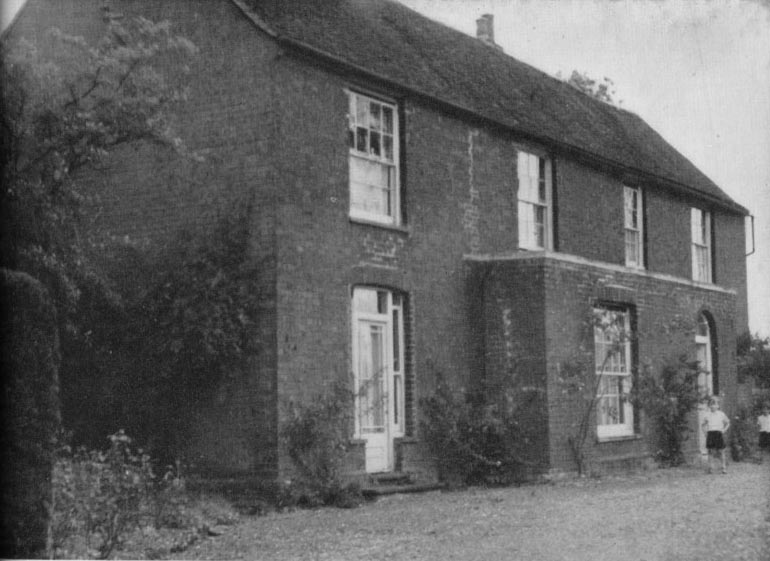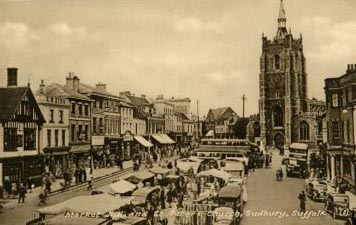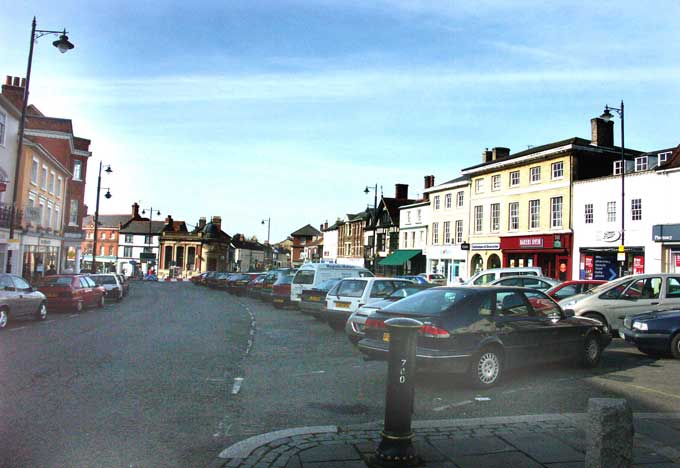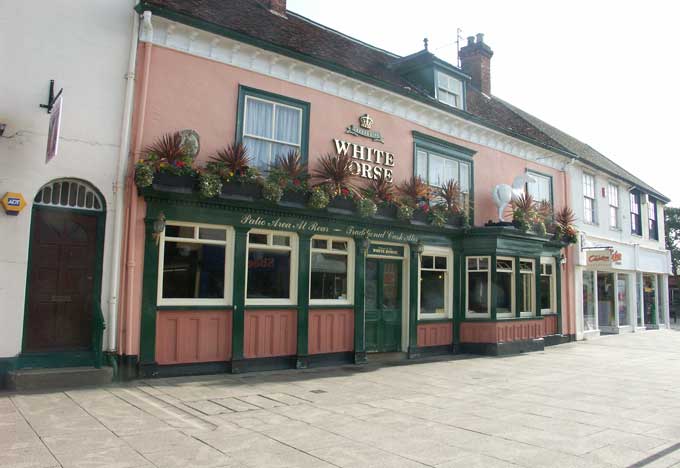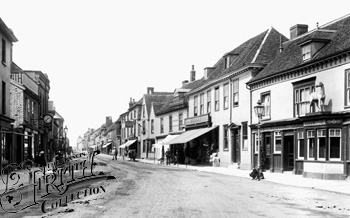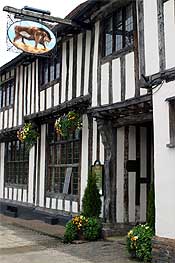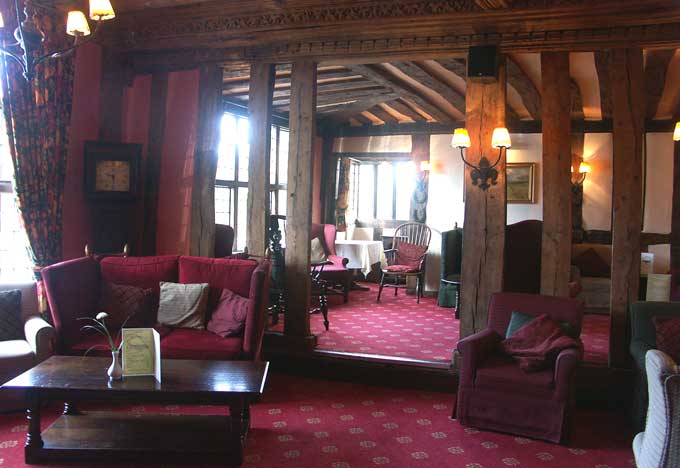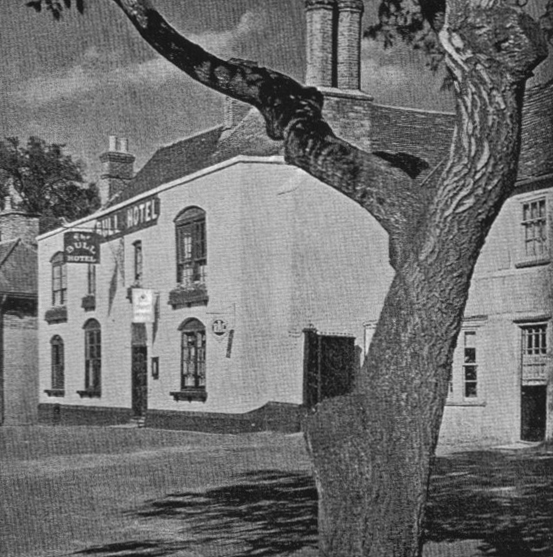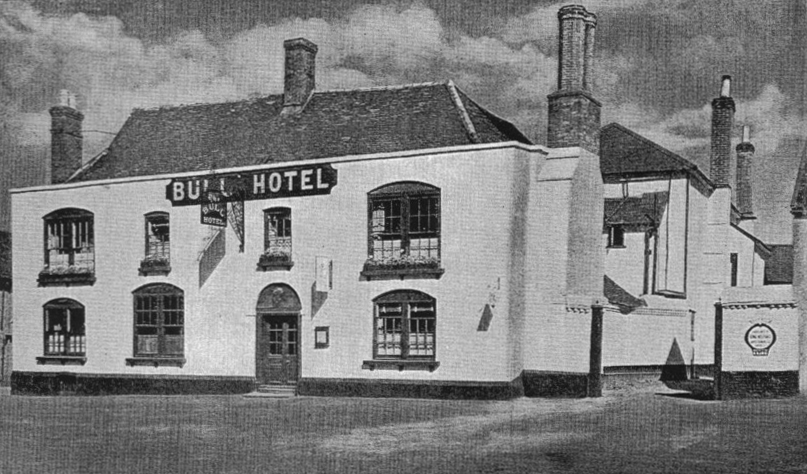|
Modern Borley |
||||||||||||||||||||||||||||||||||||||
|
|
On this page are included several places and locations which are indelibly associated with the Borley Rectory case. They include places where important players in the story of the Rectory hauntings lived or where specific events took place. More entries will be added in due course.
Liston Church has seemingly been spared the ghostly activity which has plagued its contemporary at Borley. Its specific connection with the Borley story concerns the 'Borley bones'. In May 1945 Harry Price together with the Rev. Alfred Henning buried the skeletal remains which had been apparently unearthed in the ruined cellars of Borley Rectory two years before. One of the accusation leveled at Price in the 1956 'Borley Report was that he had planted the bones in order to provide the much needed physical evidence of the ghostly nun Marie Lairre which would enable him to publish another book on the Rectory case. Andrew Clarke of the Foxearth & District Local History Society maintains that in fact what was really dug up in 1943 were the bones of a sow which Price then proceeded to swap through a slight of hand with material which he already had in his possession. For this reason, according to Clarke, the remains of the 'nun' had to be interred at Liston rather than in the churchyard at Borley as the story that ordinary pig's bones had been found at the Rectory had become common knowledge amongst the Borley villagers.
Following the departure of the Foysters from Borley Rectory in October 1935 the Church authorities took the decision to combine the parish of Borley with that of neighbouring Liston and the Rev. A.C. Henning made the request that due to the size of Borley Rectory, which was completely incompatible with his personal situation, he together with his wife & young son would reside at Liston Rectory. This was agreed and Henning lived at Liston Rectory until his death in 1955.
"On my first visit to the house, on June 12, 1929, as I swung my car into the market square at Sudbury, I found I had come to the end of my instructions for finding the Rectory and was at a loss how to proceed. I enquired from a bystander how I could get to Borley Rectory. 'Oh,' he said, 'you mean the most haunted house in England.' And that is how and where I first heard the phrase. I was to hear it many times afterwards." The End of Borley Rectory by Harry Price (Harrap, 1946). "On June 2, 1937, I motored to Borley. I was accompanied by a young Oxford graduate friend of mine named Ellic Howe. It was my intention to make a survey of the house with a view to establishing a Base Room or centre where my official observers could be comfortable, keep their belongings, write their reports and - occasionally - take some rest. We arrived at the Rectory just before 12 noon and .... [Having] examined all doors and windows to satisfy ourselves that they were securely fastened, we locked the twp front doors, jumped into our car and sped to Sudbury in order to make the necessary purchases for equipping our Base Room. Mr. Henning had given me the names of some tradesmen in Sudbury who could probably supply us with what we required." The Most Haunted House in England by Harry Price (Longmans, Green & Co., 1940)
One of the most enigmatic characters in the whole Borley drama is that of Fred Cartwright the journeyman carpenter who apparently witnessed the appearance of the full-form apparition of the ghost nun in the lane outside Borley Rectory in 1927. If the Rectory hauntings were transposed to the present day then no doubt Cartwright would have seen the Borley ghost whilst driving his white van past the Rectory gates on his way to his next job of work. However, back in 1927 Cartwright didn't have this luxury and saw the nun on four separate occasions whilst passing by on foot on his early morning walk to work repairing some farm buildings in Borley village.
Over the years since his first involvement with the Borley case in the late 1940s, Peter Underwood has made repeated attempts to track down Cartwright or at least find out more about him but unfortunately to no avail. Harry Price obviously had better luck as on one of his trips to the district in June 1930 to gather information about the Borley haunting he was informed about Cartwright's claims to have witnessed the most famous of the Borley ghosts and met the carpenter in the taproom of the White Horse public house at Sudbury where 'over a pint of ale' he told his story. Price used the information in both The Most Haunted House in England and The End of Borley Rectory. The White Horse itself has changed little externally from that time.
The mystery surrounding the character of Fred Cartwright has lead critics of Price's role at Borley to comment that in fact he was simply created by Harry Price for the purpose of padding out his Borley books and that no such meeting took place. Another view is that Cartwright did exist but simply made up the story in order to get free drinks at Price's expense. At this distance of time it is impossible to say what actually happened when Harry Price visited the Borley area in the summer of 1930.
The Bull Inn, a hostelry dating back to 1450 & situated in the centre of Long Melford, plays a prominent part in the Borley Rectory story. Harry Price himself stayed here when visiting Borley and it was in the lounge of The Bull that Price and his secretary Lucy Kaye retired after the Charles Sutton stone throwing incident of 25th July 1929 at the Rectory. At this time the exterior of the building would have looked very different than it does today as up until 1935 a brick front built a hundred years previously was still in place. This was subsequently removed revealing the original timberwork. The Bull has it's own website - click here to visit.
For contemporary photographs of the site of Borley Rectory see the essay Borley Rectory in Modern Photographs.
|
|||||||||||||||||||||||||||||||||||||
|
The Base Room . Biography . Timeline . Gallery . Profiles . Séance Room . Famous Cases . Borley Rectory . Books By Price . Writings By Price . Books About Price . Bibliography . Links . Subscribe . About This Site All original text, photographs & graphics used throughout this website are © copyright 2004-2005 by Paul G. Adams. All other material reproduced here is the copyright of the respective authors. |
||||||||||||||||||||||||||||||||||||||
